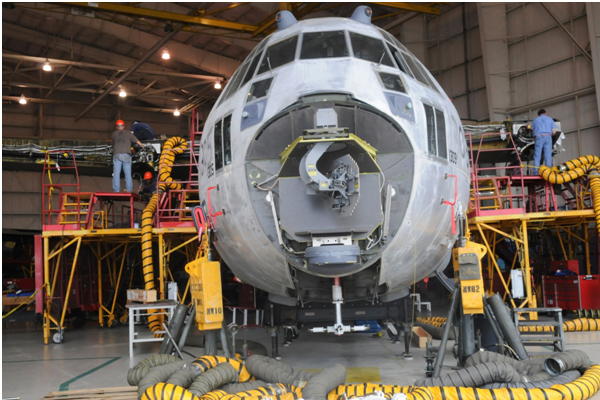The Balance Between Safety and Productivity in Aircraft Manufacturing
|
The Balance Between Safety and Productivity in Aircraft Manufacturing
Adeesh Sharma
Aviation industry has witnessed tremendous growth over the last decade due to the increasing need for new aircraft to fuel global travel demand. The expansion of aircraft fleet comes with its own set of challenges towards management of human factors in the manufacturing process. There is a need for awareness of workers towards safety, and training needs to be followed by engagement of workforce in the framing of safety rules. Thus to ensure there is very little deviation on the shop floor with regard to the safety rules, the safety-related trainings must incorporate the views of both management and workers across the organisation.
Moreover, when workers are happy with the working conditions and are adequately protected against injuries, they are bound to become more productive. The key here is to transform theoretical knowledge on safety into action and take adequate learning from past errors. The experienced transferred down the hierarchy from senior workers to their subordinates is one of the ways to enforce a culture of safety within an organisation. It is also a common observation that the position that workers hold within an organisation influences their behaviour towards safety practices as opposed to their previous jobs in other organisations.
The differences in the safety culture as practised by different sets of workers reflect in their performance on the shop floor. This rubs off on co-workers as most often than not workers are competing and complementing each other on achieving an organisation’s key objectives such as productivity, quality, safety and security. It leads to ambiguity during decision-making, lack of resources and adequate knowledge that together contribute to occupational hazards and unwanted outcomes. Therefore managers should consider the dependency between safety and responsibility and perceive the necessity to establish equilibrium between the two.
Other key factors that affect worker performance are motivation levels, communication, ergonomics practices and automation of processes. Right communication of best practices to be followed is of specific relevance as it plays a critical role in ensuring safety through a proper understanding of human factors and safety practices. Managers and supervisors must be proactive in communication of opinions and requirements to workers and they must be aware of potential sources of conflict between production and safety goals. A lack of proper communication between managers and workers can cause lesser clarity of work objectives and priorities, which is further associated with unsafe behaviours and inconvenient working environment.
Proper management of Ergonomics has been linked to accident prevention since ages and a comfortable environment for work increases the confidence of personnel and in turns prevents recurrence of injuries and increases productivity.
|



